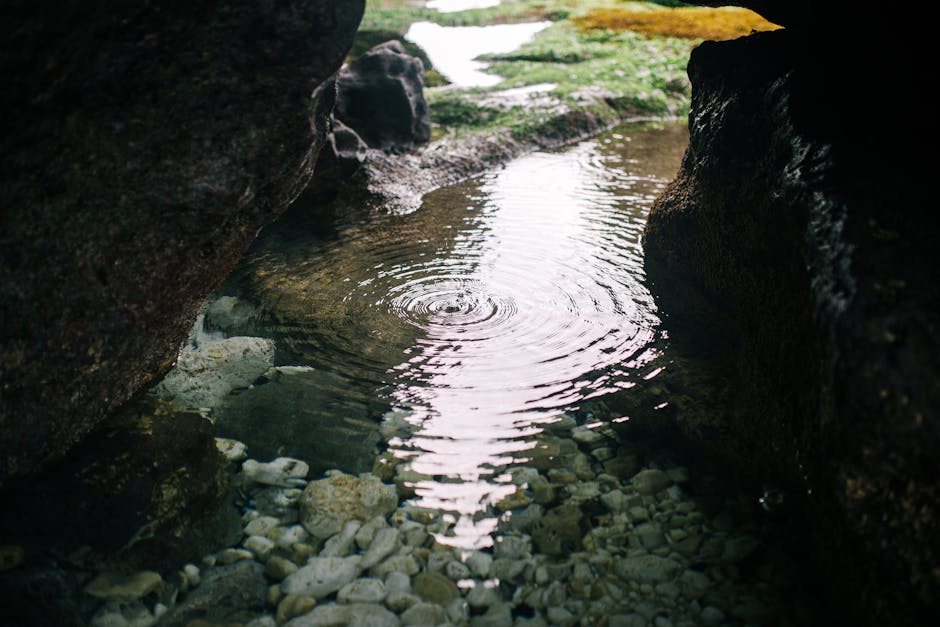Why These Coastal Trails Matter in 2026
Travel is changing. The Instagram fueled rush to bucket list destinations is cooling off, replaced by a quieter craving: raw nature, real solitude, and low impact movement. Coastal trails deliver just that. Instead of fighting shoulder to shoulder crowds for the same photo, more travelers are lacing up boots and seeking out rugged paths with views few ever earn.
People are choosing to walk, not ride. Foot powered journeys slow, intentional, immersive are taking hold. It’s not about distance, it’s about presence: the crunch of gravel underfoot, wind off the ocean, the kind of silence you can’t buy. This isn’t just better for the traveler it’s better for the planet. Less traveled paths hold up better over time, and dispersing foot traffic protects delicate ecosystems from the wear and tear of mass tourism.
Choosing the trail over the tour bus isn’t just a trend it’s a mindset shift. And these coastal hikes are the purest expression of that new rhythm.
Trail 1: Lost Coast Trail, California
Where Solitude Meets the Sea
Tucked away in Northern California’s wild coastlines, the Lost Coast Trail is one of the most remote coastal backpacking routes in the contiguous U.S. Here, rugged cliffs drop straight to vast stretches of black sand beach, often without another hiker in sight. The sweeping ocean views are spectacular, and the sense of isolation is part of the reward.
Access Tips: Plan Ahead or Risk Getting Stranded
This trail isn’t just remote it’s logistically demanding. Planning is essential to avoid hazards and make the most of your trip.
Permits: Required for overnight trips; book early through the Bureau of Land Management (BLM).
Tide Timing: Certain sections are impassable at high tide. Carry a tide chart and plan your hiking schedule accordingly.
Gear Must Haves:
Waterproof boots with ankle support for slippery terrain
Satellite communicator or map + compass (you’ll often have no cell service)
Layered clothing for rapidly shifting coastal weather
Bear canisters (mandatory for food storage)
Camping Legally and Leaving No Trace
While dispersed camping is allowed, there are specific guidelines to follow:
Legal Campsites: Look for established sites above the high tide line; do not camp on the beach itself during vulnerable tide zones.
Leave No Trace:
Pack out all waste, including food scraps and used toiletries
Minimize campfire use opt for camp stoves instead
Stick to durable surfaces to protect native vegetation
By respecting the land and planning carefully, you’ll enjoy the trail as it was meant to be: untouched, untamed, and unforgettable.
Trail 2: Cape Chignecto, Nova Scotia

Perched above the seething tides of the Bay of Fundy, Cape Chignecto serves up raw Atlantic drama without the crowds. Jagged cliffs, sea stacks, and dense spruce forests hold a quiet that’s hard to find on the coast these days. Every turn of the trail could bring a moose, bald eagle, or fog creeping in from the ocean like something out of folklore.
2026 is a turning point for this underrated coastal gem. Recent conservation upgrades have restored battered sections of the trail and reinforced several high use campsites. The result: less erosion, more habitat protection, and better future proofing for a place that deserves it. Wayfinding has also gotten a serious improvement, with new trail markers and maps making it harder to get lost and easier to pace long backcountry routes.
As for how to do it? You’ve got options. If you’re game for hauling a pack and setting up camp deep in the wilderness, the full circuit loop delivers the most solitude and the biggest payoff. But for those craving solid walls and a woodstove at night, the park’s rustic cabins offer shelter without giving up the adventure. Either way, this isn’t a walk in the park it’s a wild coastline that makes you earn every view.
Trail 3: Point Bennett, San Miguel Island (Channel Islands, California)
Remote Access, Raw Beauty
Reaching Point Bennett isn’t as simple as showing up it starts with a ferry, and what follows demands grit. This far flung trail, located on San Miguel Island in California’s Channel Islands, rewards every ounce of effort with cliffside panoramas, rolling dunes, and untouched shoreline vistas few ever witness.
Access begins via ferry from Ventura or Oxnard (book well in advance)
Rugged terrain with no facilities experienced hikers only
Wind is constant; pack accordingly and secure all gear
Serenity Through Seclusion
Due to strict visitation limits and geographic isolation, Point Bennett offers an unparalleled sense of solitude. Birdwatchers and wildlife photographers flock here for rare glimpses of elephant seals, sea lions, and thousands of nesting seabirds.
Limited permits mean fewer crowds and more wildlife interaction
Ideal for those seeking unplugged, truly quiet natural space
Human presence is monitored to preserve fragile ecosystems
History Etched Into the Land
Beyond its natural beauty, the area carries an air of somber reflection. Once used for sheep ranching in the 19th century and later marked by deadly shipwrecks, San Miguel Island is steeped in stories of both survival and loss.
Remnants of ranch structures still linger along the route
Interpretive signs share eerie maritime tales of the coast
A hike here doubles as an immersive history lesson
Trail 4: Kalaupapa Trail, Molokai, Hawaii
This isn’t your average stroll in paradise. The Kalaupapa Trail drops 1,600 feet in under three miles, hugging the cliffs that tower above the north shore of Molokai. It’s steep, narrow, and unforgiving in places but the views of the Pacific pounding the coast below are utterly raw, and totally worth it. You’ll earn every glimpse.
But this path isn’t just a workout with a view. It’s a gateway into a deeply respected and historic place. Kalaupapa was once a leprosy settlement completely cut off from the rest of the world. Today, access is limited out of respect for its legacy and the remaining residents. Entry requires a permit, and local regulations can change with little notice. This isn’t a casual hike and post situation; do your homework, and go with intention.
For the best clarity and a more contemplative experience, aim for early mornings during Molokai’s dry season April through September. Weather can shift quickly, so check conditions before heading out. If the skies are clear and the winds stay light, you’ll get silence, sun, and a stretch of trail that few have walked but all remember.
Quick Tips for Coastal Trail Adventurers
Before you set foot on a windswept bluff or remote beach, remember: coastal trails play by different rules. Start with the tides. Many routes run along sand that vanishes with a rising ocean. Trail maps won’t warn you when a shortcut turns into a swimmer’s slog local tide charts will. Check them. Twice.
Next, strip your gear down to the essentials. Ultralight doesn’t mean unprepared. You’ll want solid waterproof layers, a wind shell that can take a gust off the sea, and shoes that handle rocks and sand in the same stride. Don’t bother with extras that weigh you down coastal hikes make you earn every mile.
Wildlife is a highlight and a hazard. Seals, coyotes, eagles, even the occasional bear know who lives where you’re trekking. It keeps you safe, and sharpens your eye for the kind of footage or photos that don’t happen on a sidewalk.
Finally, solo’s tempting. But some coastal routes? Better with a guide. Tide timing, wildlife activity, access permits it’s a lot. A local pro can handle logistics and storytelling. You get the adventure, minus the risk of being stranded knee deep in surf with a dead phone.
Stay sharp, stay curious, and get your boots salty not stuck.
The Unbeaten Path Is Worth It
You won’t find vending machines at the trailhead or busloads of tourists snapping selfies at these spots. What you will find: jagged cliffs with no guardrails, ocean air so thick you can taste the salt, and silence that makes space for your own thoughts. These trails aren’t easy, but that’s the point.
Roadside lookouts have their place, but they flatten the experience. They serve a view on a platter. Hiking these coastal paths is different you earn the view. Step after step, you move through changing landscapes: misty forests, sun baked bluffs, beaches where your footprints might be the only ones that day.
The slower you go, the more nature cracks open. A sudden blowhole, a shadow of a whale passing far offshore, a hawk timing its flight with the wind. These things don’t show up for everyone. Only for those who trade convenience for curiosity. The unbeaten path doesn’t shout. It whispers. You just have to be close enough and quiet enough to hear it.
